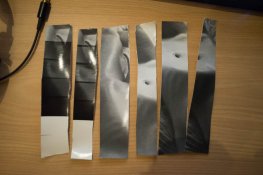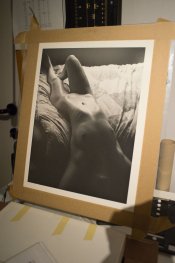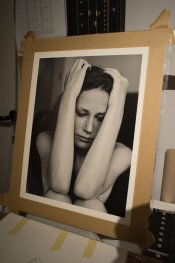I meter a zone 7 or 8 and expose for it in the knowledge that I will have a decent negative density for it. Zone 7 is full textural detail ust before it starts to become blown out.
For a model I might meter for a zone 6, 7 or 8 depending on skin colour and highlighting on the face. So the brightest part of forehead maybe zone 7. But if face is under the shadow of a hat then I might just put face on zone 6 or even zone 5 depending on how much shadow or exactly where I wanted the face to be.
Zone 7 or 8 is a good choice you have it in your subject because it will put that zone a sufficiently high negative density. But only if you have calibrated your dev and/or know where it will be.
If you are using box ISO speed and manufacturer recommended dev, then you will get a useable 7 stops of range so treat each zone as 0.7 of a stop instead of 1 stop. So to place something on zone 7 then you meter a zone 7 and open up 1.4 stops or 1 1/2 stops ( a tad of extra exposure won't hurt.
If you have calibrated dev as I suggested for for 10 stop range then meter zone 7 and open up 2 stops.
The next person will tell you to always meter and expose for a shadow and a lot of people do this and have no problems. But if using box speed and manufacturers recommended times, you can't meter a zone 3 and close down two 2 stops becasue you'll be too far in the shadows. You would need to close down only 1 1/2 stops at box speed and manufacturers recommended dev, temp and times.
So it all depends on what you've calibrated for and your SBR. But exposing for a highlight will always put your neg highlight density close to where you want it regardless of SBR. And that makes printing easier.
Rob, just few more questions to be totally clear about the exposing/developing part.
1st question
If the SBR is 5, darkest on grade 3 and lightest on grade 7. I still need to meter on the highlights right? So only meter on shadows at SBR > 10 (black to white)
2nd question
If my SBR < 10 and I expose for the highlights, can I still use the increase development trick?
As far as I know right now, that isn't necessary anymore right? It's either expose for shadows and adjust dev time
OR print at higher grades
OR expose for the highlights and print at a slightly higher grade?
3rd question
About the 10 SBR calibration, you mean this right? (there was a url link here which no longer exists)
I think if I get these answered I'm pretty much satisfied with what I got to know. Really interesting to talk about and learn to understand the whole process. Not easy though.
The problem you describe here is the problem an incident meter solves. It eliminates the guessing about which tone is which zone.
I've been experiecing more thin negatives with my incident meter. Could be my fault though.








 And I'm really thankful for your help everyone!
And I'm really thankful for your help everyone!

 So I had to get the highlights ok which made the shadow detail get little grainy and not too black. Also toned the final print with Moersch Selenium toner 1+20 for 1 minute.
So I had to get the highlights ok which made the shadow detail get little grainy and not too black. Also toned the final print with Moersch Selenium toner 1+20 for 1 minute.



